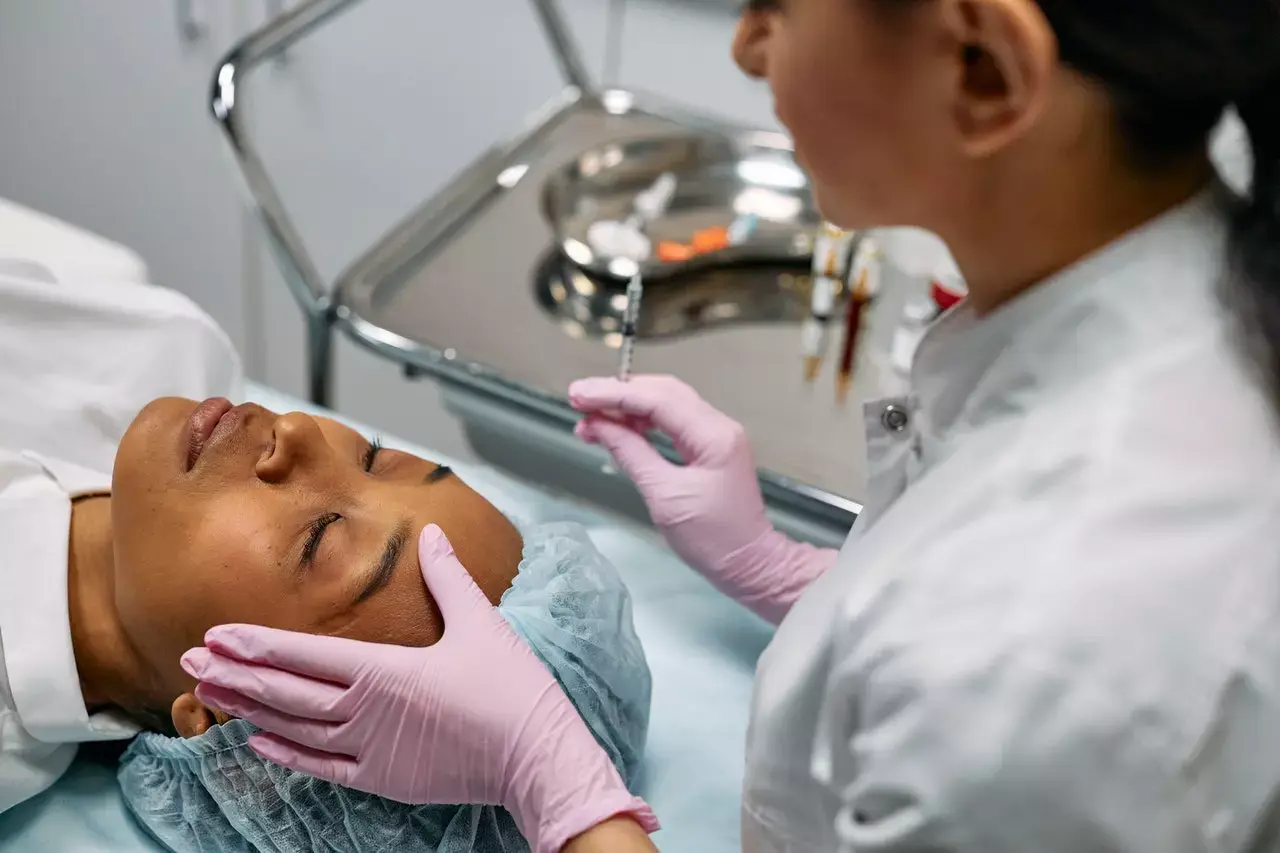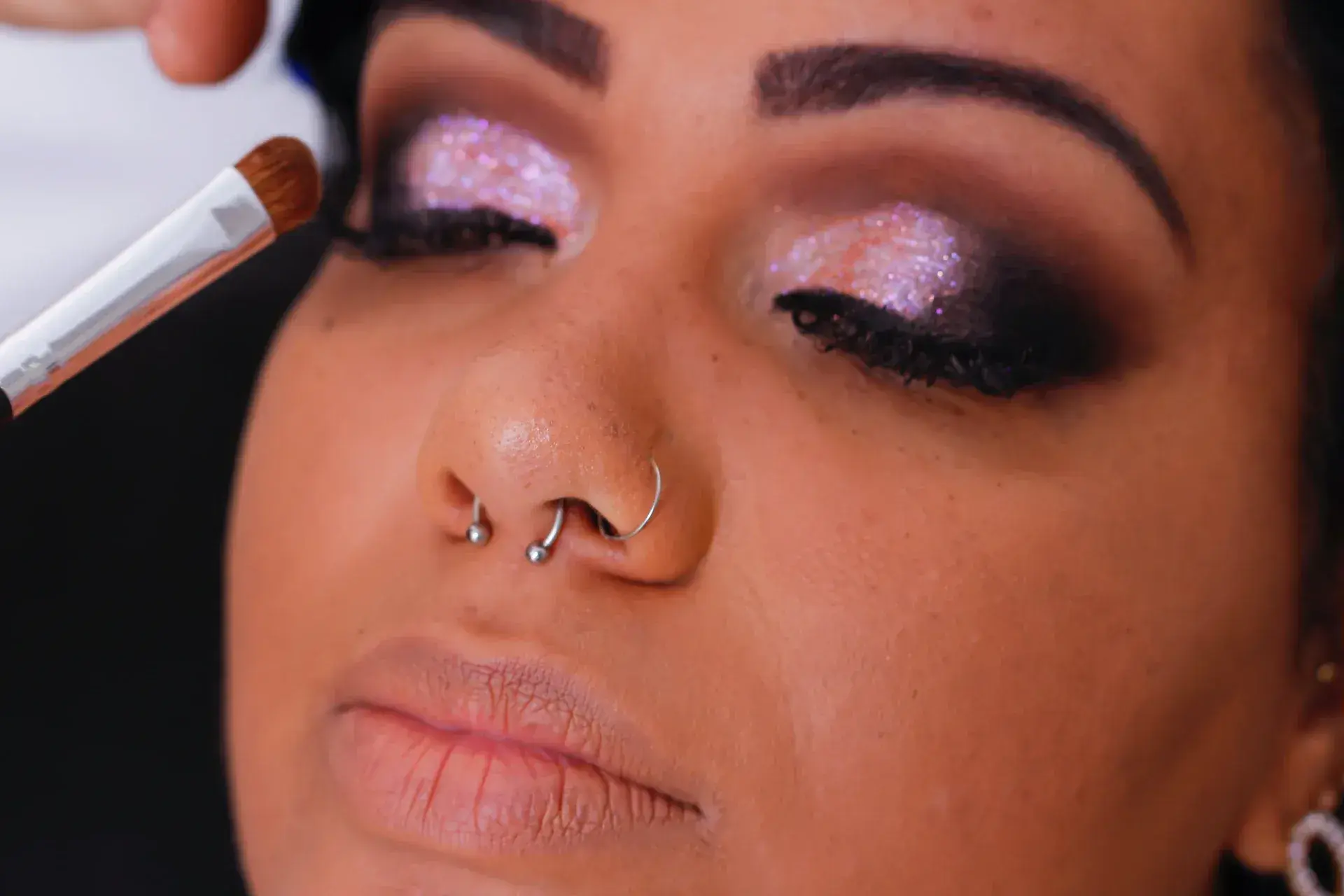Botox for your hair: A to Z
The topic about the botox is quite tricky, so we will divide it into several parts.
Only by understanding the principle of work, ingredients, benefits, harm, etc., you can make an informed choice in favour of a particular brand, and not be conducted on advertising and “sweet speeches” of technologists.
PART I
Where did the name come from?
The issue of botox for hair worries many hairstylers, as well as their clients. And to understand what it is for a start, we will get acquainted with the meaning of this word. So, botox is a drug containing botulinum toxin, the strongest poison secreted by the bacterium Clostridium botulinum. When ingested, it causes severe poisoning (botulism), which often ends in death. However, when introduced locally into certain areas of the skin, it causes neuromuscular paralysis, which limits the movement of muscles in this area, thereby leading to the smoothing of wrinkles in this area. For this reason, botox injections are very popular in the fight against ageing. The question arises – what then does botox have to hair condition? The answer is NONE! This is another marketing trick to attract the attention of customers.
An exception is the use of botox directly on the scalp. A side effect of such injections is a decrease in the release of sebum and sweat. Such procedures are sometimes carried out with advanced forms of oily seborrhea, as well as with hyperhidrosis (increased sweating).
After such procedures, the condition of the hair improves – the amount of sebum and sweat decreases, therefore the hair is less polluted, which greatly simplifies the life of the client. However, such injections naturally do not affect the damaged structure. But this is the field of cosmetologists and dermatologists, and such botox has nothing to do with “botox” for hair.
The concept of botox we figured out. Now we will analyze directly the “botox” for the hair.
PART II
Operating principle
The work of botox is aimed at improving the state of the hair structure, giving the hair smoothness, elasticity, shine, preventing brittleness, dryness, etc. The “botox” name can be replaced with the word “reconstruction” or “restoration”.
As you know, hair consists of three layers – cuticle, cortex and medulla. In the process of constant dyeing, lightening, curling, the hair structure begins to damage – first the cuticular layer, and then the cortex. Keratin (keratinized protein, which in its strength is second only to chitin – the shell of crustaceans) does not “withstand” such bullying, as a result of which holes form in it – porosity (hygroscopicity) increases; colossal moisture loss is observed. As a result, we have hair with a cuticle standing on end, observing its absence in some places, as well as a porous, moisture-free cortex layer. And to regain its former state, alas, is impossible. But to temporarily improve is easy. How does this happen?
“Perfect recovery” should consist of at least two stages:
- filling of damaged sections of the cortex with fillers;
- “sealing” of the same fillers inside the cortex (various film-forming materials perfectly cope with this function). It is this stage that gives the hair shine, makes it thicker and stronger, smoothing the cuticle and covering split ends.
Both at the first and second stages, moisturizers are almost always present – substances that bring moisture. If you consider 10 different “botox for hair”, then about 8 of them will just consist of several compounds:
- shampoo (preparatory procedure);
- ampoule (fillers and humidifiers, occupying a leading position in the composition);
- finish (composition in which film-forming ingredients predominate).
In addition to the above ingredients, botox contains, of course, a host of other auxiliary components – surfactants, thickeners, emulsifiers, preservatives, perfumes, etc.
There is “botox” that consists of one single bottle – it has fillers and films combined in one composition. Such tools are less effective. Although it “works”, the truth is that the effect is more visual – the partially damaged cortex remains empty.
Read continuation in our next article!









